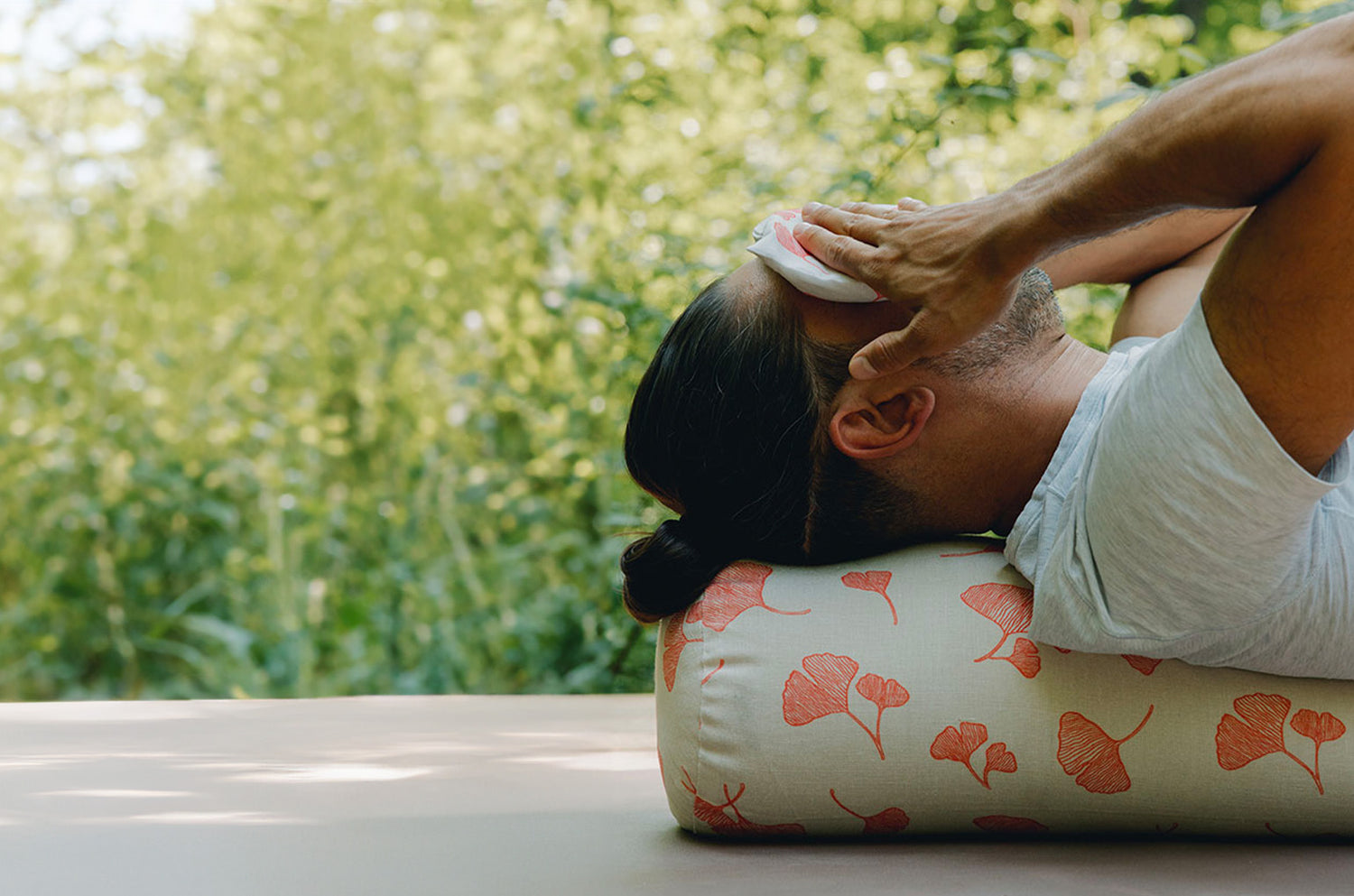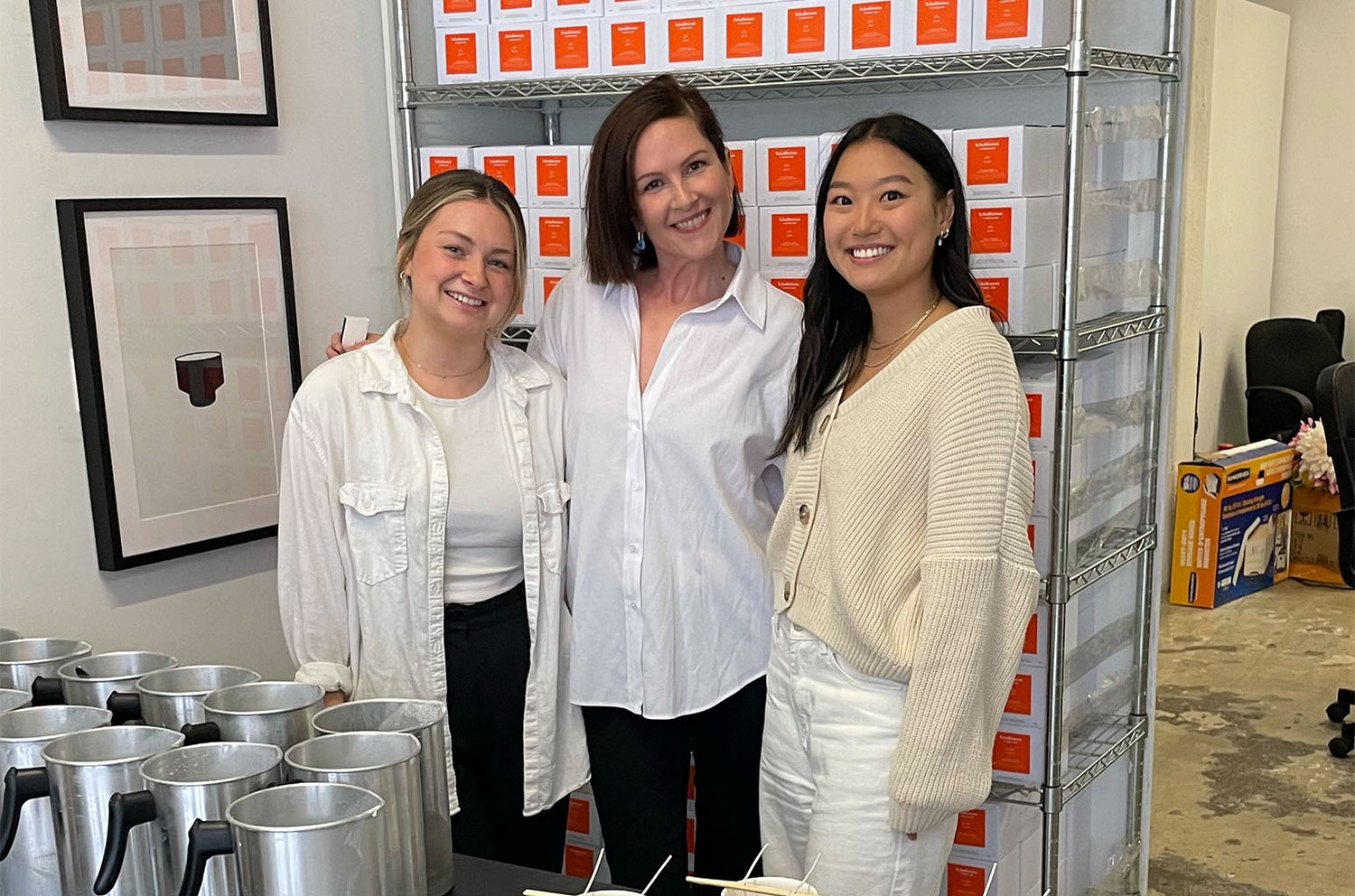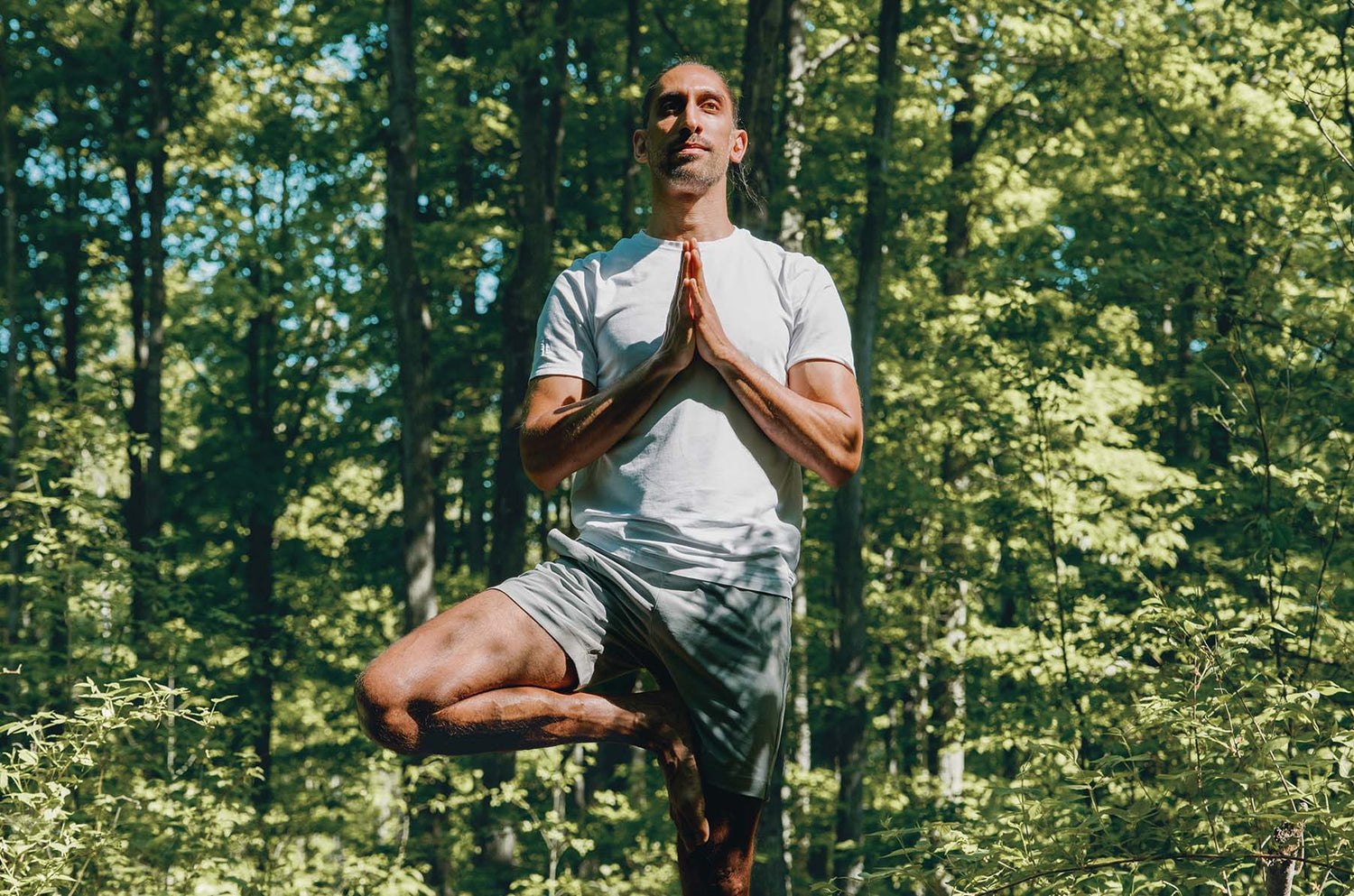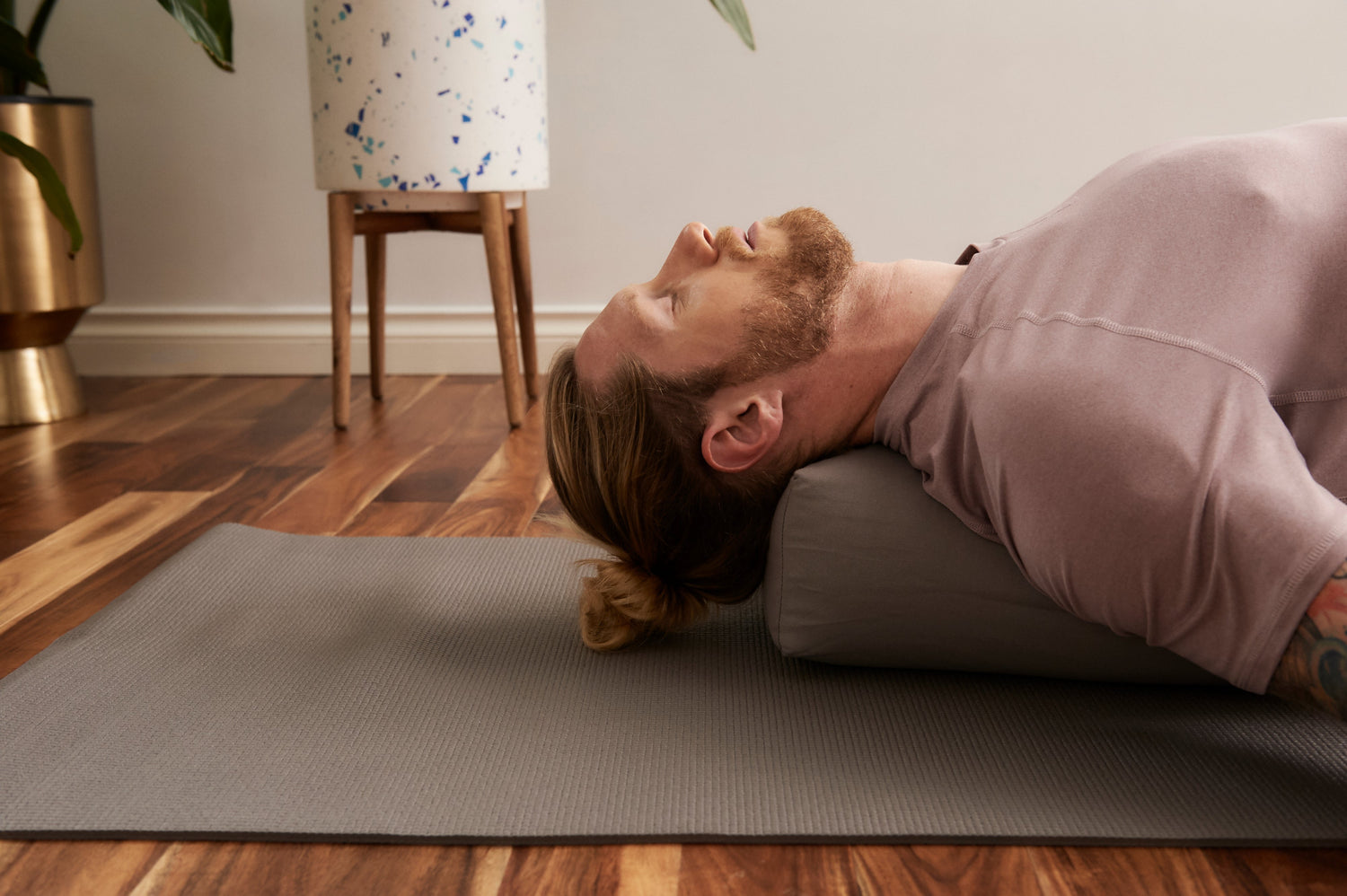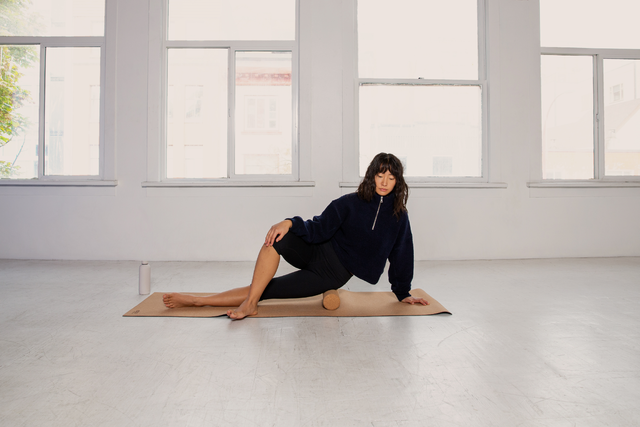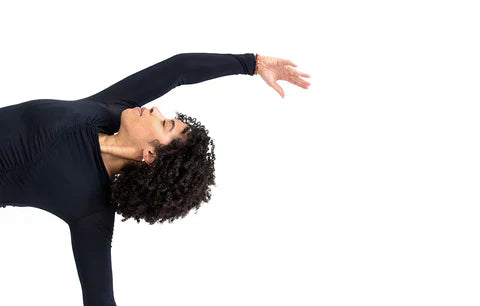May Globus is a writer, podcaster (The Craft), certified sound therapy practitioner, and founder of otō healing. With a deep interest in examining the space where science and spirituality intersect and what that means for the human mind, May opened her practice in January 2021. Through this, she uses sound, voice, and deep connection to bring people in greater harmony with themselves and others.

We spoke to May to learn more about the healing power of sound.
- What is sound therapy and how do you practice it?
- Sound therapy is a healing modality using various instruments—from crystals and Tibetan bowls to drums, rattles, and chimes—to create an immersive sound experience to support people on their holistic journeys. My approach is balanced between the art and science of sound. It pays homage to the history and spirituality of the method while also rooting it in quantum physics, biology, brain waves states and Traditional Chinese Medicine. For me, it’s a very intuitive practice—the way I play my instruments is based on the people in the room with me and the energy I feel. I’ve never played a sound experience the same way and I always watch how someone’s body responds to the tones and frequencies being played. My clients have included BIPOC, corporate teams, professional athletes, creatives, musicians, Gen Z collectives, expectant mothers, cancer patients, and more.
- What led you to your journey to sound therapy?
- It was a personal health journey. In the fall of 2018, I got very sick with (still to this day) a mysterious illness that was causing me to break out in large fungal rashes and depleting my energy. Going on a Traditional Chinese Medicine tea regime for nearly eight months helped me greatly, but the stress from wondering where my illness came from was not going away. I began to search for ways to help with this anxiety and discovered a studio that did sound baths—and they quickly became an essential practice in my life. I committed to a year of attending sound baths at least once a week. And I try to learn something new every year, so after a few months, I knew in my bones this was a modality I wanted to respectfully and intentionally learn.

- What inspired you to start your own sound therapy practice, oto healing?
- Sound is something that’s been deeply a part of me since childhood—I grew up playing the piano and alto saxophone. And I love all genres of music. Going to live concerts and shows is one way I energize and feel inspiration and awe. It’s a fundamental part of my life and it also helped me heal. It’s what fuels my passion for bringing sound to others through my practice and sound immersions. I want to help them on their journeys of healing and expansion—building communities everywhere around sound.
- How can sound heal in your opinion?
- In many, many ways. On a high level, from a quantum physics perspective, everything in this world is vibrating. Everything all the way down to the atoms that make up our cells. When vibrations are out of harmony with our natural state (homeostasis), we can use frequencies and tones to help bring our being and our brain waves back into balance. We’re also 60-65% water. And water is a great conductor of sound. Those sound waves move through us, jostling anything loose that’s stuck—be it an emotional or physical tension. It basically helps it out of our body. Also, sound is incredibly meditative and can alter our brain wave states, allowing us to either feel deep rest (theta) or approach something closer to consciousness (gamma).

- What is unique about sound therapy from other wellness practices?
- It’s such a beautiful convergence of mind, body, and spirit. Sound is the first sense to develop in humans and it is the last one to go. Think of how a baby in the womb hears its mother’s heartbeat and blood pumping. And how we’re often told to hold the hands of our loved ones when they're transitioning to death and to keep on talking to them. Sound is spiritual, but it’s also rooted in science. It’s something we understand innately—I mean, who doesn’t listen to music? The way you experience sound depends on how you’re feeling, what you’ve been through, and where you’re at in life. Maybe you’ll feel physical tension release, maybe you’ll see colours or childhood memories. Sound can do any and all of those things.

- Do you have any other wellness practices that are a key part of your routine?
- Oh, yes. I have a whole morning and evening ritual that includes getting into my body with movement/yoga, clearing my energy by burning palo santo or sage, pulling tarot cards, integrating scent into my space with incense or oils. But my favourite is doing my weekly walk in either the forest or by the sea—sometimes both. Before leaving the trees or ocean, I either touch a tree or the water, to pay my respect to nature and connect with it in a tangible way.
- What has been a highlight for you as a certified sound therapy practitioner?
- Bringing sound to others in a meaningful way has been fulfilling for me. Through this, I have been able to collaborate with other practitioners of various modalities and musicians, and have worked with like-minded brands and events. I love that I have been able to build a more balanced, harmonious world with others.

- Why did you feel it was important to become professionally certified?
- It was important to me that I became professionally certified in sound therapy—I took a comprehensive program at the Institute of Traditional Medicine in Toronto. My teachers and instructors often had decades of experience and we all had to complete a capstone project and practicum to become certified. This was important to me because sound has been used as vibrational medicine for thousands of years across many cultures. It felt I should pay respect to where this modality came from and the various lands where I hold sound experiences. Everyone is welcome to experience sound with me—if you’re a human being regardless of sex, class, financial status, community—you deserve to experience sound in this deep way.
- In your opinion, how can sound therapy improve mental health?
- The ability to take time away from the hustle of the modern world and create space for yourself through sound is a beautiful thing to do for one’s self and sanity.

- What shifts have you seen over the past few years around wellness practice in the world?
- It’s incredible to see people take an increasingly vested interest in their wellbeing. Nothing about it seems as taboo as it once was, relegated to the fringes or to a certain community of people. It seems that we’re all understanding, at a more fundamental level than before that health is wealth.
- Do you have any tips for people who are new to sound therapy?
- Honestly, just be open to the experience. Let yourself surrender to sound and let it take you away. What happens for you during a session is exactly what you need.

- Do you use any b, halfmoon products in your sound therapy practice?
- I absolutely love my natural linen cushion. Not only is it beautiful, it also helps support my body and posture while playing my instruments for long periods of time.
- Anything else you'd like to add?
- I’m grateful for b, halfmoon and the way it supports practitioners of all kinds! As much as sound is essential to life and healing, so is silence. Don’t forget to carve out a little period of no sound at all, so you can hear what your heart is truly saying.

Sound can be a powerful tool. Whether it's a melody or song you connect with, or a careful selection of instruments and voices with notable resonance and overtones, the effects can be moving. To learn more about how May uses sound to heal body, mind, and spirit, follow her at @otohealing.
















